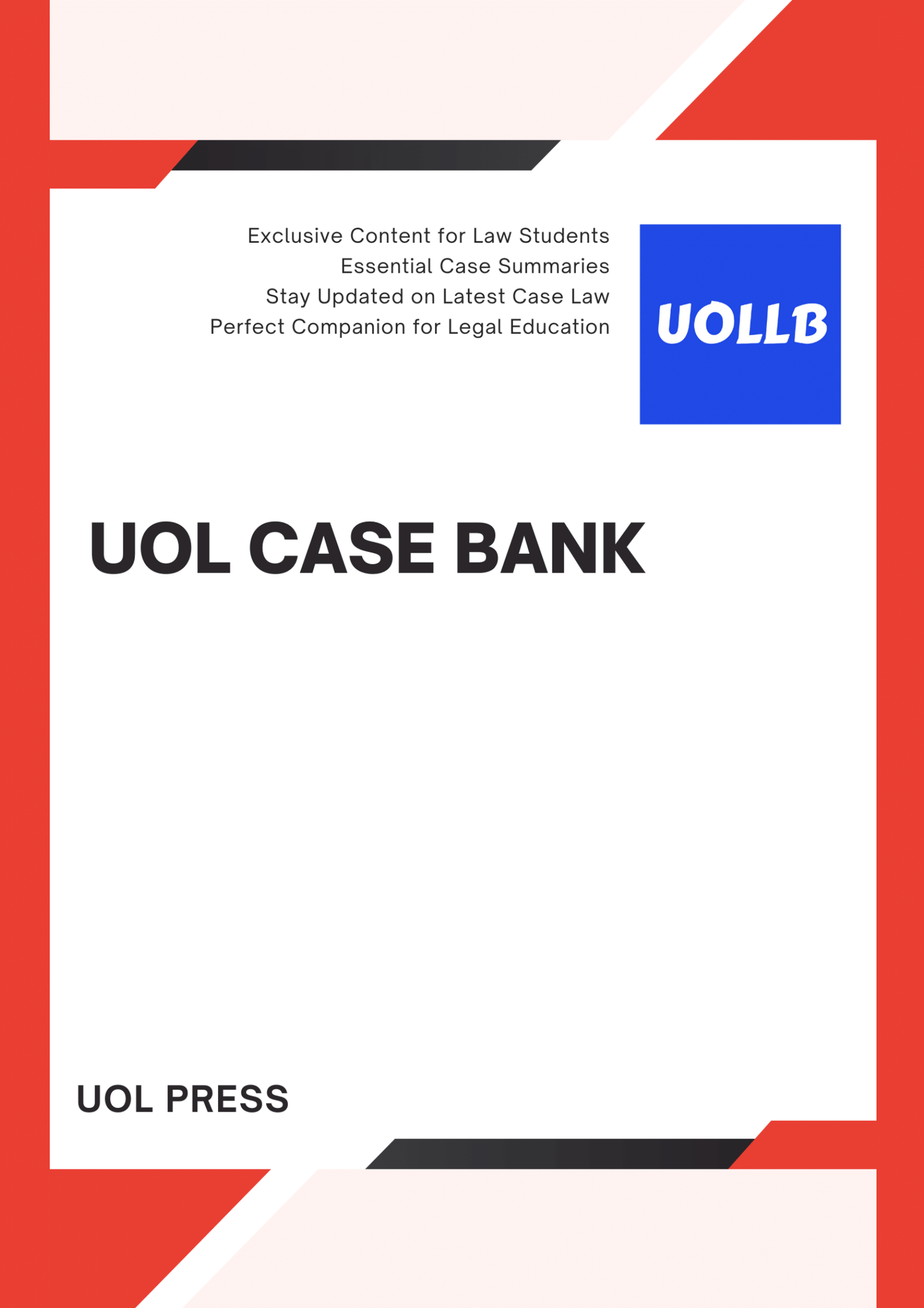What Is Copyright?
Share
Copyright refers to the exclusive rights granted to creators of original works to control and protect their creations. It is a form of intellectual property protection that gives creators the right to control how their works are reproduced, distributed, displayed, performed, and modified. Copyright applies to various creative works, including literary works, artistic works, music, films, software, and more. The purpose of copyright is to incentivise and reward creativity by allowing creators to benefit from their works and maintain control over their use, while also promoting the progress of arts, culture, and innovation. Copyright provides creators with certain exclusive rights, including the right to:
Reproduce the work: This involves making copies of the work in various forms, such as printing, recording, or digitising.
Distribute the work: This includes the right to control the distribution of copies of the work to the public, whether through physical copies or digital means.
Display or perform the work: This encompasses the right to publicly display or perform the work, whether it is a visual artwork, a play, a musical composition, or a film.
Create derivative works: This involves the right to create new works based on the original copyrighted work, such as adaptations, translations, or remixes.
Copyright protection arises automatically upon the creation of an original work in a fixed form, such as writing it down, recording it, or saving it on a computer. However, registering the copyright with a relevant copyright office can provide additional legal benefits, such as evidence of ownership and the ability to pursue legal remedies.
Copyright protection typically lasts for the lifetime of the creator plus a certain number of years after his death, which varies depending on the jurisdiction. During the copyright term, the creator has the exclusive rights to his work, allowing him to control its use and commercial exploitation. After the copyright term expires, the work enters the public domain, where it can be freely used by anyone.
Copyright laws aim to balance the rights of creators with the public interest in promoting creativity, innovation, and access to cultural works. It encourages the creation and dissemination of original works while providing creators with the opportunity to benefit from their creations and control how they are used.
Reproduce the work: This involves making copies of the work in various forms, such as printing, recording, or digitising.
Distribute the work: This includes the right to control the distribution of copies of the work to the public, whether through physical copies or digital means.
Display or perform the work: This encompasses the right to publicly display or perform the work, whether it is a visual artwork, a play, a musical composition, or a film.
Create derivative works: This involves the right to create new works based on the original copyrighted work, such as adaptations, translations, or remixes.
Copyright protection arises automatically upon the creation of an original work in a fixed form, such as writing it down, recording it, or saving it on a computer. However, registering the copyright with a relevant copyright office can provide additional legal benefits, such as evidence of ownership and the ability to pursue legal remedies.
Copyright protection typically lasts for the lifetime of the creator plus a certain number of years after his death, which varies depending on the jurisdiction. During the copyright term, the creator has the exclusive rights to his work, allowing him to control its use and commercial exploitation. After the copyright term expires, the work enters the public domain, where it can be freely used by anyone.
Copyright laws aim to balance the rights of creators with the public interest in promoting creativity, innovation, and access to cultural works. It encourages the creation and dissemination of original works while providing creators with the opportunity to benefit from their creations and control how they are used.


























































